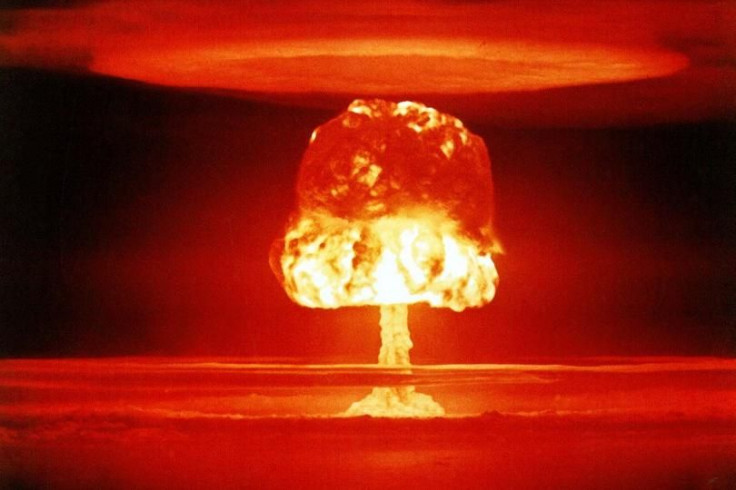Scientists Discover How Nuclear Bomb Tests Changed Rainfall Patterns
KEY POINTS
- Nuclear bomb tests increased the rainfall patterns by 24%
- Electrical charges released by nuclear detonations produced more rain
- A similar concept can be applied to control the effects of climate change
Scientists discovered that nuclear bomb tests had changed the amount of rainfall that fell thousands of miles away from the detonation sites. For the scientists, their findings could be used for geoengineering rainfall in order to control climate change.
The new study was conducted by scientists from the U.K. Their findings were presented in a new paper published in the journal Physical Review Letters.
Since 1945 after the U.S. dropped an atomic bomb in Hiroshima, Japan during World War II, thousands of nuclear tests have been carried out. Reports indicated that Russia has already performed over 720 tests while the U.S. has detonated almost 1,130 nuclear bombs.
In a new study, scientists noted that the nuclear tests carried out by various countries had a significant effect on the amount of rainfall. As part of their investigation, the scientists analyzed the rainfall records of a remote research station in Scotland from 1962 to 1964, a period when nuclear tests were carried out.
Through their observations, the scientists learned that rainfall in the area increased by 24%. As explained by the authors of the study, the increased rainfall was most likely triggered by the presence of high-energy charges from the increased radioactivity produced by the tests.
As these charges drifted in the clouds, they affected the formation of rain droplets, causing an increase in the volume of rainfall.
“It's long been known that electric charges influence the behavior of water droplets, and in particular how droplets stick or collide with each other,” Giles Harrison of the University of Reading in the U.K. and lead author of the study told Newsweek.
“Droplets colliding is an important aspect of how small droplets grow to become raindrops, but whether the charge can ultimately influence rainfall is very difficult to prove,” he added.
According to the scientists, their study could be applied to the field of geoengineering research, which is focused on altering natural patterns in order to control or limit the effects of climate change on Earth.
Of course, the scientists do not suggest detonating nuclear bombs or increasing radioactivity to control rainfall patterns. Instead, they believe that altering the number of electrical charges in the sky through artificial means could control rainfall patterns over specific areas.
“Releasing radioactivity is definitely not being suggested here,” Harrison stated. “Should there be a useful application to geoengineering, there are other ways of releasing atmospheric charge, and in a targeted way, such as by using aircraft.”

© Copyright IBTimes 2024. All rights reserved.





















